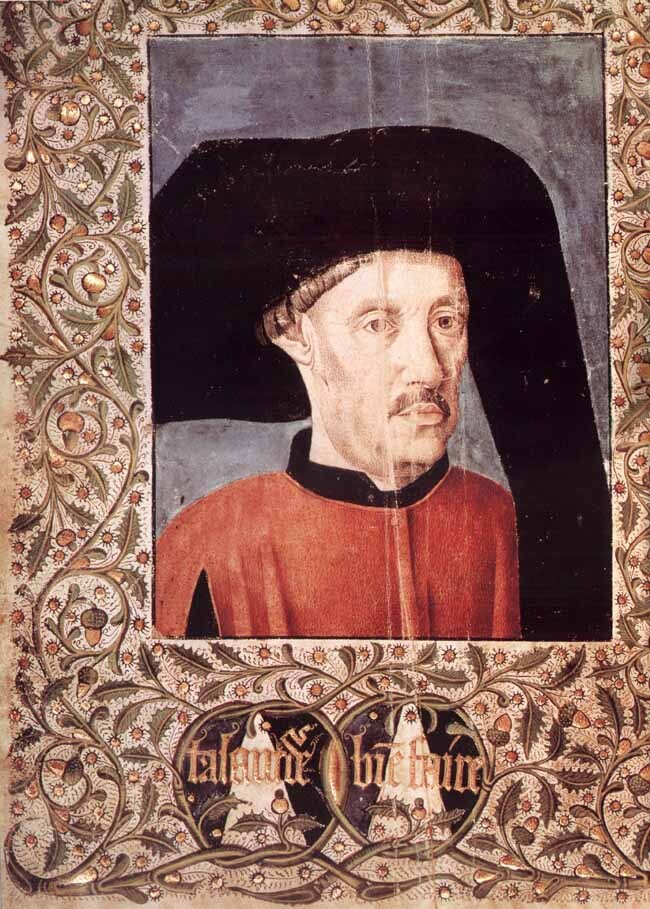Perception of African Slaves
Before diving into looking at how The Interesting Narrative of the Life of Olaudah Equiano functions as an autoethnography, I would first like provide some context for how Africans and African slaves were perceived historically, and how negative stereotypes of Africans as “inferior” or “beastly,” notions that were used to justify their enslavement, proliferated and spread across Western Europe and the United States.
The book, Stamped from the Beginning, by Ibram X. Kendi provides a history of race in America, beginning with the “invention” of race and its correlation with the trans-Atlantic slave trade. According to the work, it was around the 1440s in which the prince of Portugal, Prince Henry, began to recognize the value of African people in Western European slave markets due to the color of their skin. Before that time, slaves had been primarily of slavic descent (which is where the word “slave” itself comes from). Their blackness of African slaves made it more difficult for them to blend into the population in Western Europe, and therefore, much more difficult for them to escape captivity.
Prince Henry ended up dispatching a royal chronicler by the name of Gomez Zurara to write his “story” in a way that would justify his decision to enslave African peoples. Kendi writes that “Prince Henry didn’t want to admit that he was violently and brutally enslaving African people to make money…Gomez Zurara justified his slave trading by stating that Prince Henry was doing it to save souls, and that these people in Africa were inferior, were beast-like” (Kendi 12). In fact, a quote from Zurara’s personal accounts reads, “They have lived like beasts without any custom of reasonable beings. They have no understanding of good, but only know how to live in a bestial sloth” (Kendi 15). Unfortunately, Zurara’s book, one of the first major texts written by a European about Africans, became a best-seller, contributing to the proliferation of racist stereotypes and inaccurate portrayals of Africans across Western Europe. Unfortunately, Zurara’s work played a major role in naturalizing racial hierarchies and homogenizing an incredibly diverse people of different cultures and languages into a singular black, African community.
